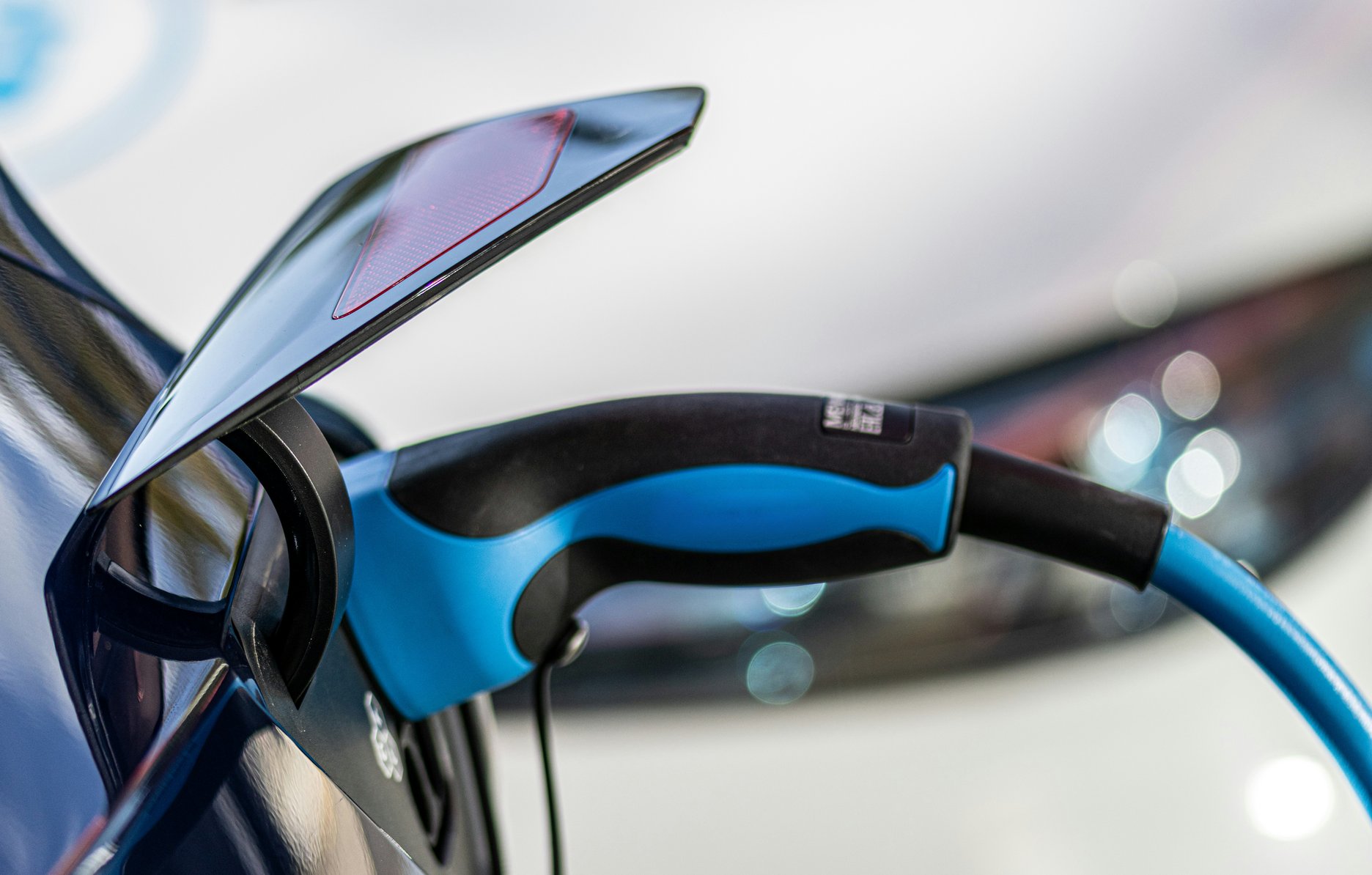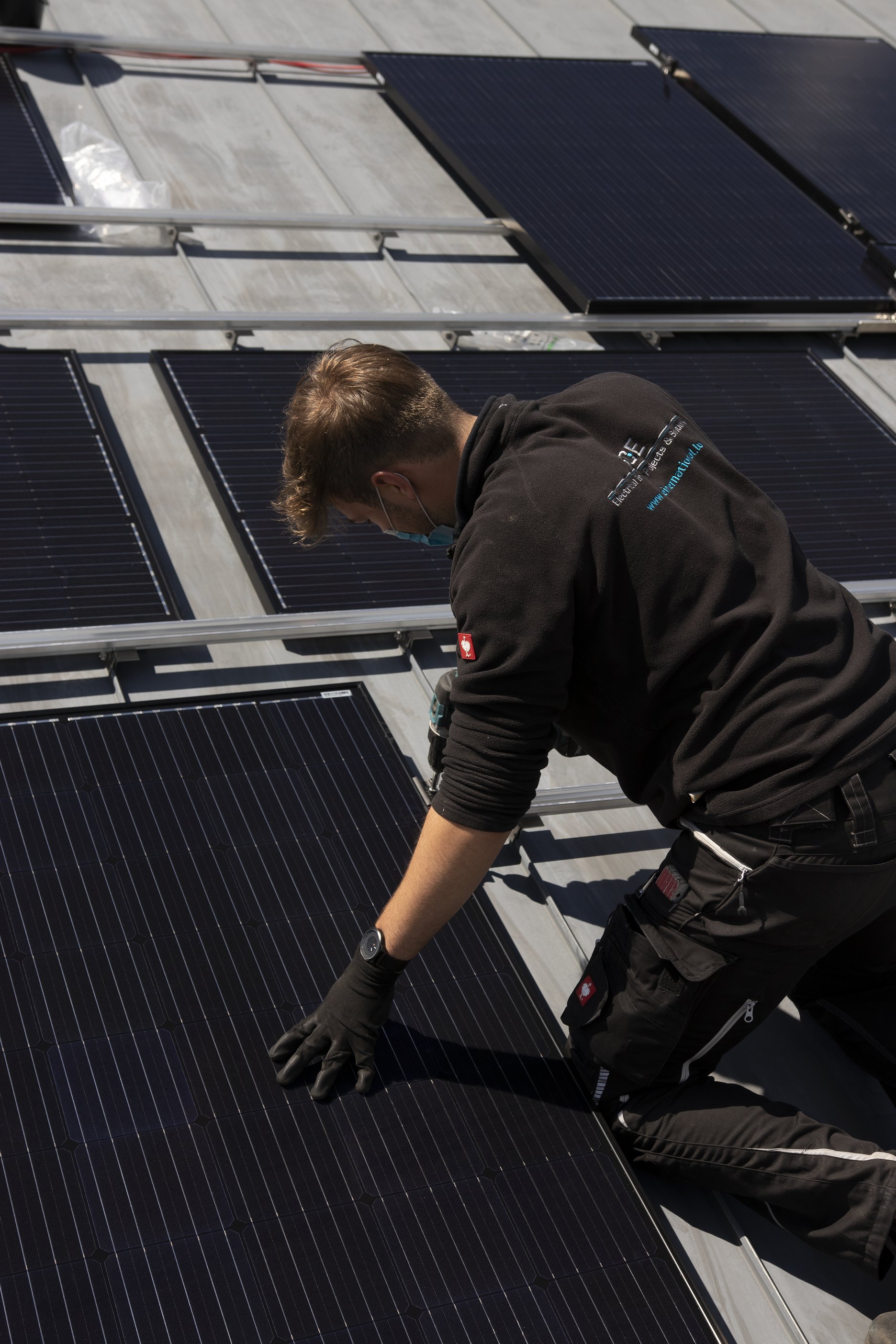What’s new with your electricity billing
At SUDenergie, we recently sent out the electricity bills for January, and this time, you may have noticed a difference. Since January 1, 2025, Luxembourg has implemented a new structure for electricity network fees, which is now reflected in your bill.
We understand that this change may raise questions, and with this article, and we’re here to help explain what’s different and how it could affect your electricity costs.
How things worked before 2025: Tariffs based on consumption alone
Prior to this change, network fees were calculated based purely on the amount of electricity you consumed (measured in kWh). This system didn’t account for times when your electricity usage might create a strain on the grid. As a result, actions like using several energy-intensive devices at once didn’t result in extra charges, even if they contributed to higher demand on the network.
With the increasing electrification of society, energy use is expected to rise. While this is manageable for now, it may become more challenging in the future. To prevent the need for expanding grid capacity, it’s important to introduce measures now to manage power peaks caused by simultaneous use of multiple devices.
What’s changing: The new tariff structure starting January 1, 2025
As of 1st January 2025, a new tariff structure for using the electricity grid in Luxembourg has come into effect. This change is designed to encourage more efficient electricity use and support the transition to renewable energy. The new tariff structure includes both fixed and variable components:
Fixed part:
- a monthly fixed charge, based on the reference power allocated to each customer by the grid operator
- metering and meter rental fees
Variable part:
- the volumetric tariff, a consumption-based charge calculated on the actual amount of electricity used (measured in kWh), just like before.
- the exceedance tariff: if you use more power than your allocated reference power, you'll be charged extra. The exceedance tariff will then be applied to every kWh consumed above your reference power.
What is reference power?
Reference power is a power threshold, measured in kilowatts (kW), assigned to you based on your electricity consumption habits over the past 12 months. This reference power determines the monthly fixed charge. If your consumption exceeds this reference, you’ll be charged an additional fee for the extra electricity used.
What does this mean for you?
The key difference with the previous system is the introduction of reference power and the extra charges for exceeding it.
To manage electricity use more efficiently, try adjusting your habits.
In most cases, typical household usage won’t exceed the 3 kW reference power threshold, but being mindful of your energy consumption can help maintain grid stability and optimize your usage.







